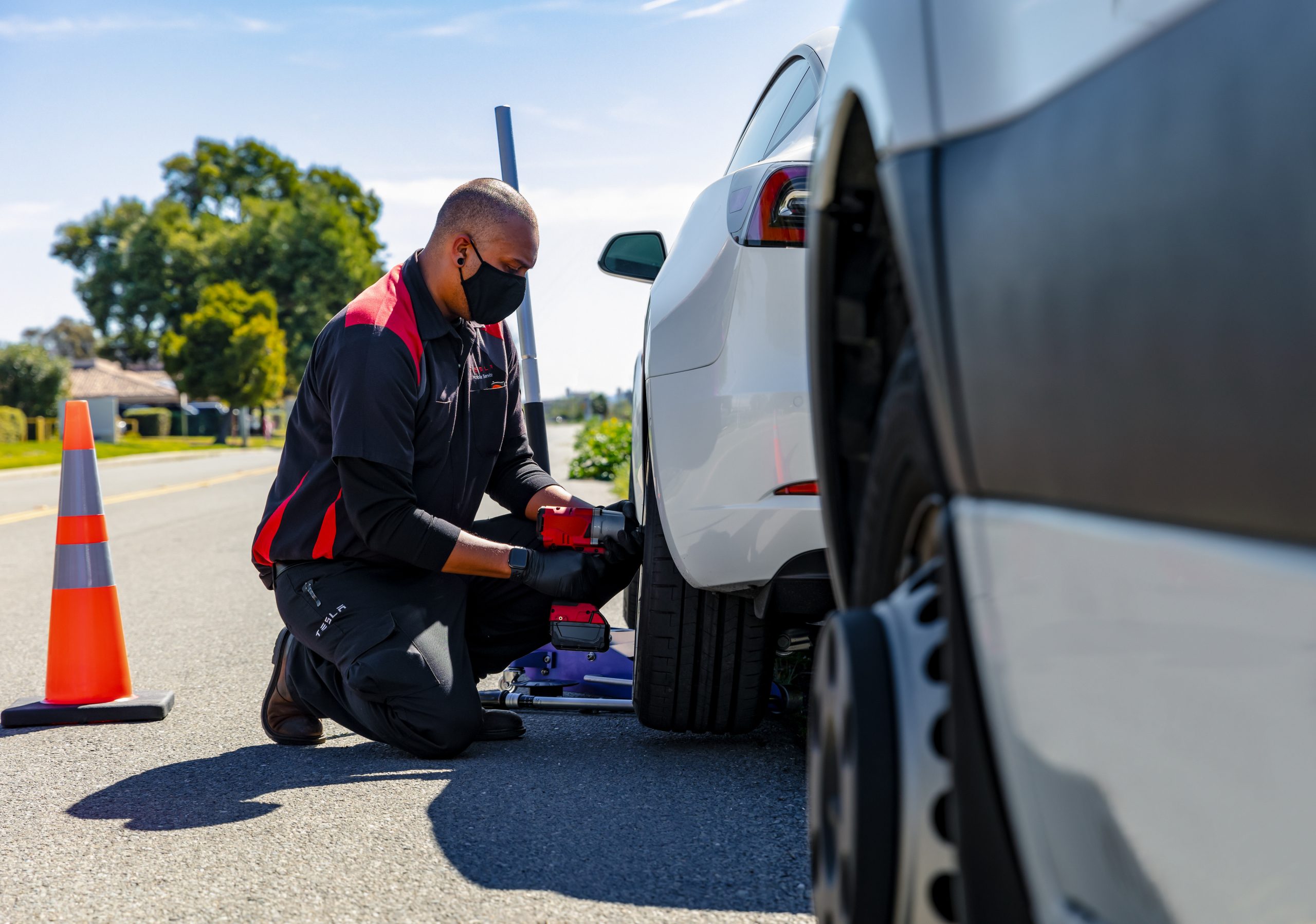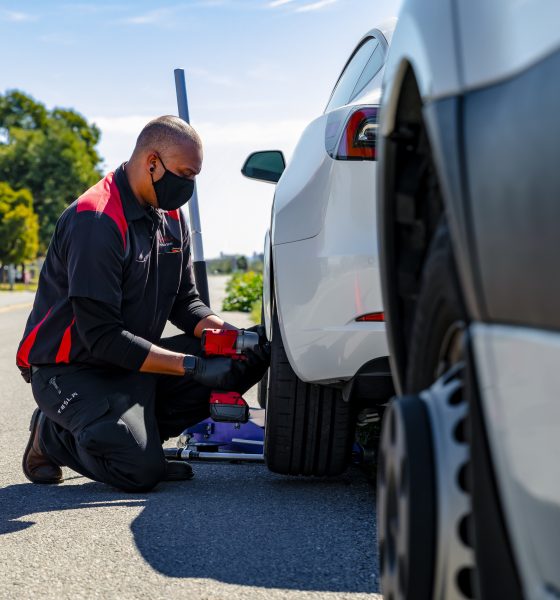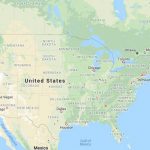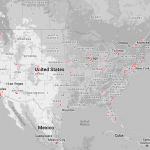Last week, Elon Musk tweeted in a series of updates that Tesla would be attempting to service two-thirds of customer requests “same day.”
One of the many benefits of owning an electric vehicle is the lack of service required. According to Autoblog, of the top 5 most common car repairs – oxygen sensor replacement, inspection of loose fuel cap causing engine light, catalytic converter replacement, mass airflow sensor replacement, and spark plug replacement – none of them are even possible on an electric vehicle. Nonetheless, due to a range of issues, Tesla has had a consistent problem with servicing its ever-growing group of customers’ needs. Musk is set out to change this, and owners should have many reasons to be optimistic!
Working on Tesla North American service.
Goal is 2/3 of cars receive same-day service, no wait.
— Elon Musk (@elonmusk) June 4, 2022
Looking at Tesla’s service problem, it is multifaceted and often self-feeding in nature. To start off, quality control at Tesla has been a known problem, with customers experiencing everything from missing badges to paint issues to panel gaps. All of these issues must be serviced, and much of this service will be done at one of the company’s service centers.
Quality control (QC) service requests, when combined with normal service load, mean that Tesla service centers’ availability is often impaired. Tesla Motors Club forum even has a thread dedicated for service center wait times. This means that customers may be forced to wait longer periods before service, and if the service is not done 100% correctly the first time, the service center doesn’t have the capacity to bring them back immediately.
This lack of availability is compounded by Tesla’s lack of service centers as a whole, some states having only single-digit numbers of service centers available. This means that the service centers that do exist are responsible for a larger number of vehicles. And while independent service centers exist commonly throughout the US, many refuse to work on Tesla products or any electric vehicles for that matter, even when they have the capability to do the work. Once again, this forces more service requests to Tesla service centers.
Credit: Tesla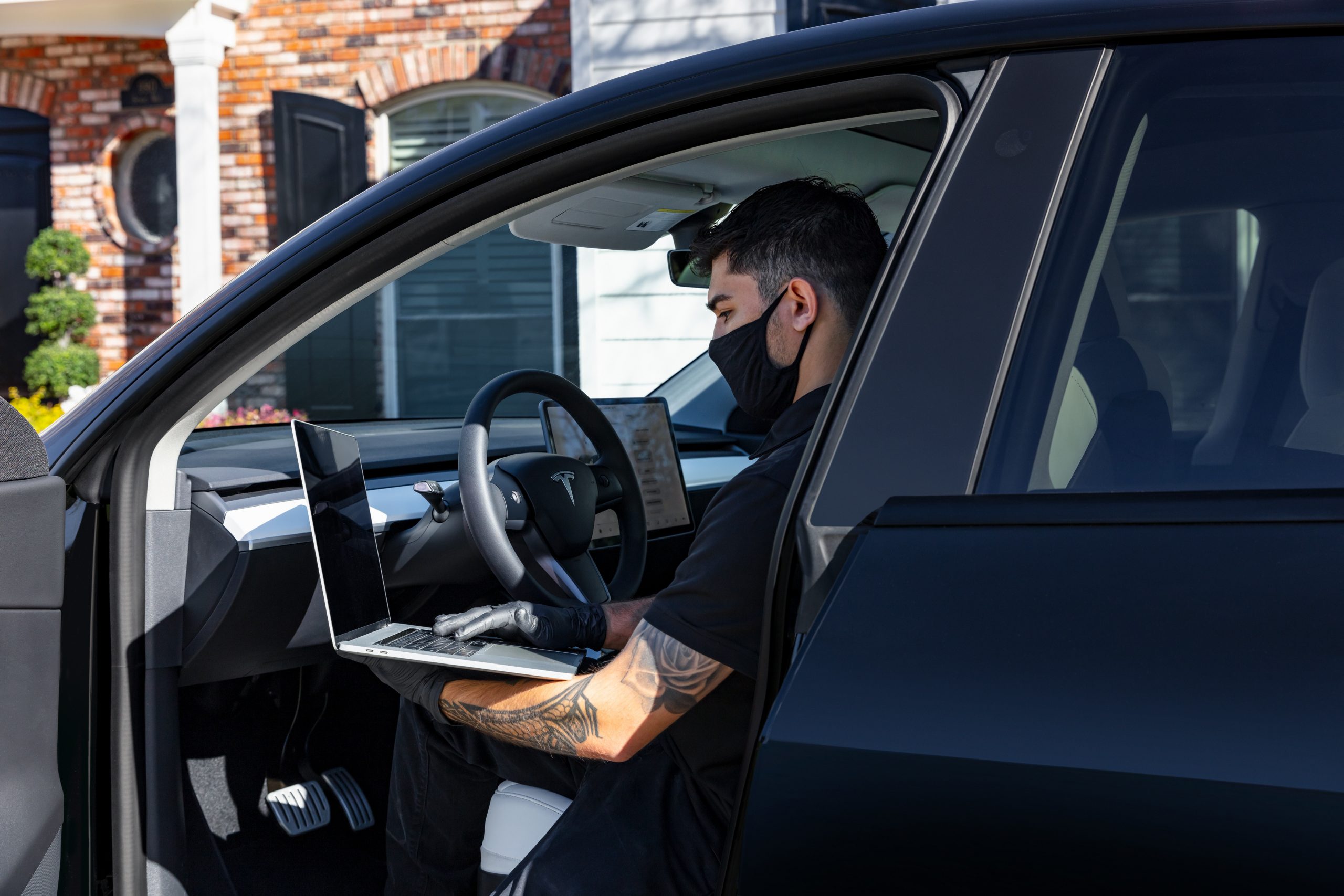
Finally, because new car QC requests are often covered by Tesla at no cost, this incentivizes customers to go to service centers for free work instead of going to independent shops that may be able to help them.
These problems have not been ignored by Elon Musk, and since 2018, Tesla has addressed many of these concerns. Most predominantly, since 2018, the number of service centers and the area that they cover has increased drastically. Looking at a map of 2018 and comparing it to now, areas such as New England, the Pacific Northwest, and the South have all seen massive increases in capacity. Tesla aimed to open one new Service Center per week in 2021, and, in general, the automaker has experimented with many different specialized service programs.
- Map of Tesla service centers in the US as of 2018.
- Map of Tesla service centers in the US in 2022
This is combined with an increase in capacity in Tesla’s mobile repair teams, who can often address service requests before the customer has to come to a service center. And in more recent news, Tesla has even made their repair manual free for customers to access, allowing more repairs to be done outside of service centers.
Another obvious change consumers have seen is an improvement in QC. Even according to JD Power’s rankings of brands by initial quality, from 2020 to 2021, Tesla has reduced the number of “problems per 100 vehicles” from 250 in 2020 to 231 in 2021, a number that is competitive with brands like Audi (240) and VW (213).
Service centers themselves have also been changed over the past 4 years with the inclusion of F1 style pit lanes that allow customers to be more quickly addressed and hence allow the service team to address more requests in a day.
Nonetheless, many have been concerned that these changes have not been enough to fix the Tesla service issue. Leading many to think about what could be done to improve the situation. A couple of options have been put forward by industry professionals and Twitter users alike. One such suggestion has been the expansion of the Tesla START program, a program that teaches individuals how to work on Teslas and then places them with a full-time job at a Service Center location across the country. Currently, the program is offered at eight colleges across the country: Rio Honda Community College in Los Angeles, Central Piedmont Community College in Charlotte, North Carolina, Shoreline Community College in Seattle, Evergreen Valley College in San Jose, California, Suffolk Community College in Selden, New York, Miami Dade College in Florida, Texas State Technical College in Waco, Texas, and Sinclair Community College in Dayton, Ohio.
Overall, the changes made in the past 4 years should give Tesla’s current and future customers much to be optimistic about. QC has improved, the speed of service operation has increased, service manuals are free and open to anyone, and the number of service centers has increased. The only question is, what is Elon Musk planning on implementing next to improve Tesla’s Service department?
What do you think of the article? Do you have any comments, questions, or concerns? Shoot me an email at william@teslarati.com. You can also reach me on Twitter @WilliamWritin. If you have news tips, email us at tips@teslarati.com

News
Tesla’s six-seat extended wheelbase Model Y L sold out for January 2026
Estimated delivery dates for new Tesla Model Y L orders now extend all the way into February 2026.
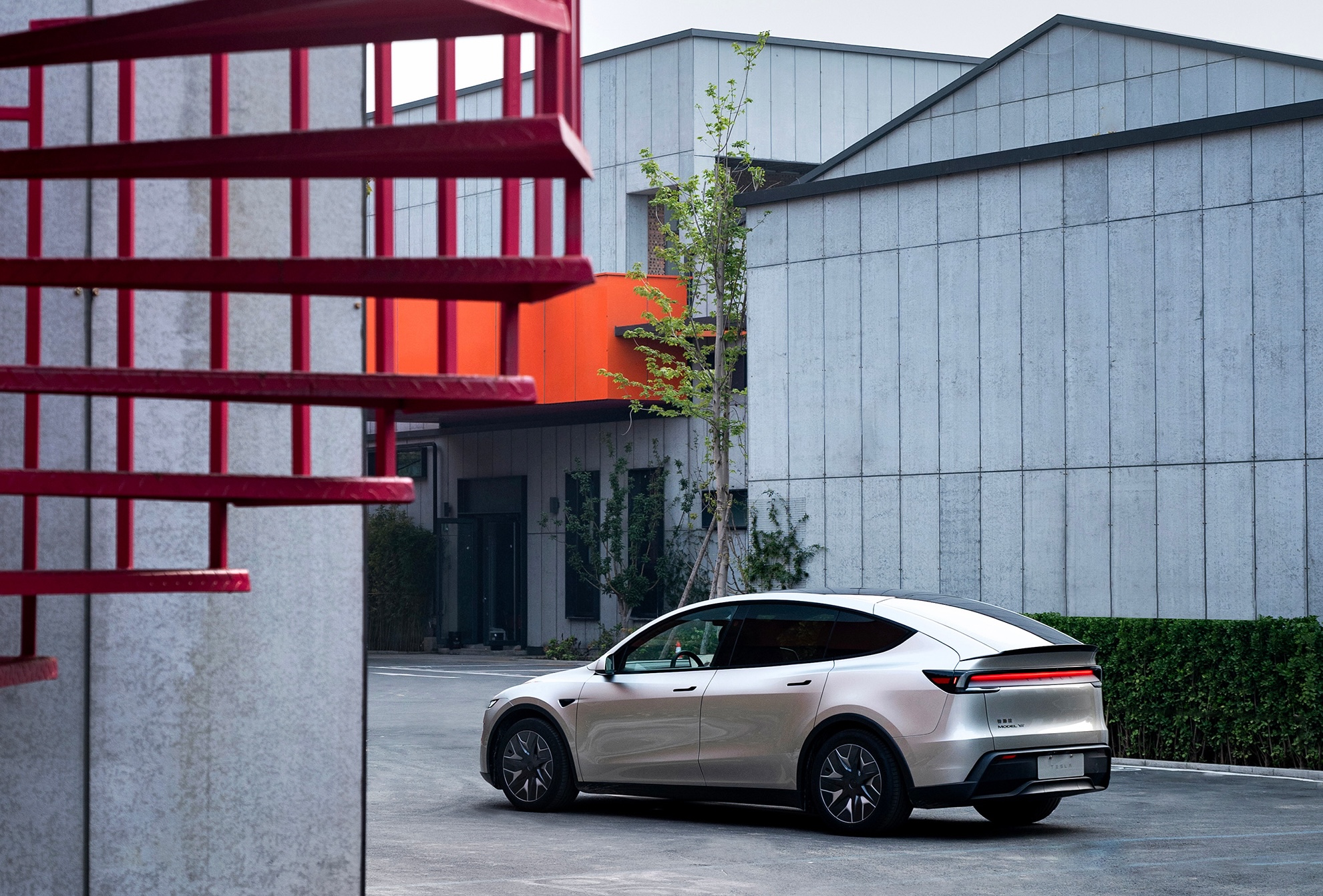
The Tesla Model Y L seems to be in high demand in China, with estimated delivery dates for new orders now extending all the way into February 2026.
This suggests that the Model Y L has been officially sold out from the rest of 2025 to January 2026.
Model Y L estimated delivery dates
The Model Y L’s updated delivery dates mark an extension from the vehicle’s previous 4-8 week estimated wait time. A detailed chart shared by Tesla data tracker @Tslachan on X shows the progressions of the Model Y L’s estimated delivery dates since its launch earlier this year.
Following its launch in September, the vehicle was given an initial October 2025 estimated delivery date. The wait times for the vehicle were continually updated over the years, until the middle of November, when the Model Y L had an estimated delivery date of 4-8 weeks. This remained until now, when Tesla China simply listed February 2026 as the estimated delivery date for new Model Y L orders.
Model Y demand in China
Tesla Model Y demand in China seems to be very healthy, even beyond the Model Y L. New delivery dates show the company has already sold out its allocation of the all-electric crossover for 2025. The Model Y has been the most popular vehicle in the world in both of the last two years, outpacing incredibly popular vehicles like the Toyota RAV4. In China, the EV market is substantially more saturated, with more competitors than in any other market.
Tesla has been particularly kind to the Chinese market, as it has launched trim levels for the Model Y in the country that are not available anywhere else, such as the Model Y L. Demand has been strong for the Model Y in China, with the vehicle ranking among the country’s top 5 New Energy Vehicles. Interestingly enough, vehicles that beat the Model Y in volume like the BYD Seagull are notably more affordable. Compared to vehicles that are comparably priced, the Model Y remains a strong seller in China.
Elon Musk
NVIDIA CEO Jensen Huang commends Tesla’s Elon Musk for early belief
“And when I announced DGX-1, nobody in the world wanted it. I had no purchase orders, not one. Nobody wanted to buy it. Nobody wanted to be part of it, except for Elon.”
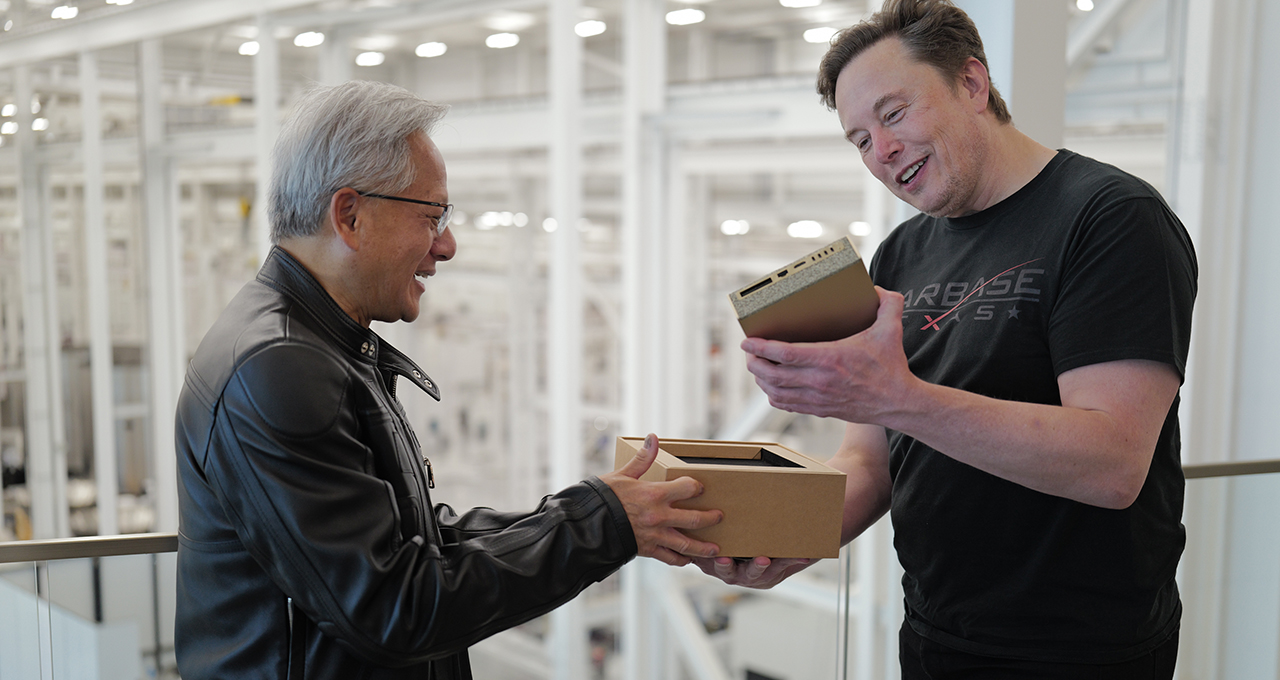
NVIDIA CEO Jensen Huang appeared on the Joe Rogan Experience podcast on Wednesday and commended Tesla CEO Elon Musk for his early belief in what is now the most valuable company in the world.
Huang and Musk are widely regarded as two of the greatest tech entrepreneurs of the modern era, with the two working in conjunction as NVIDIA’s chips are present in Tesla vehicles, particularly utilized for self-driving technology and data collection.
Nvidia CEO Jensen Huang regrets not investing more in Elon Musk’s xAI
Both CEOs defied all odds and created companies from virtually nothing. Musk joined Tesla in the early 2000s before the company had even established any plans to build a vehicle. Jensen created NVIDIA in the booth of a Denny’s restaurant, which has been memorialized with a plaque.
On the JRE episode, Rogan asked about Jensen’s relationship with Elon, to which the NVIDIA CEO said that Musk was there when nobody else was:
“I was lucky because I had known Elon Musk, and I helped him build the first computer for Model 3, the Model S, and when he wanted to start working on an autonomous vehicle. I helped him build the computer that went into the Model S AV system, his full self-driving system. We were basically the FSD computer version 1, and so we were already working together.
And when I announced DGX-1, nobody in the world wanted it. I had no purchase orders, not one. Nobody wanted to buy it. Nobody wanted to be part of it, except for Elon.
He goes ‘You know what, I have a company that could really use this.’ I said, Wow, my first customer. And he goes, it’s an AI company, and it’s a nonprofit and and we could really use one of these supercomputers. I boxed one up, I drove it up to San Francisco, and I delivered it to the Elon in 2016.”
The first DGX-1 AI supercomputer was delivered personally to Musk when he was with OpenAI, which provided crucial early compute power for AI research, accelerating breakthroughs in machine learning that underpin modern tools like ChatGPT.
Tesla’s Nvidia purchases could reach $4 billion this year: Musk
The long-term alliance between NVIDIA and Tesla has driven over $2 trillion in the company’s market value since 2016.
Elon Musk
GM CEO Mary Barra says she told Biden to give Tesla and Musk EV credit
“He was crediting me, and I said, ‘Actually, I think a lot of that credit goes to Elon and Tesla…You know me, Andrew. I don’t want to take credit for things.”
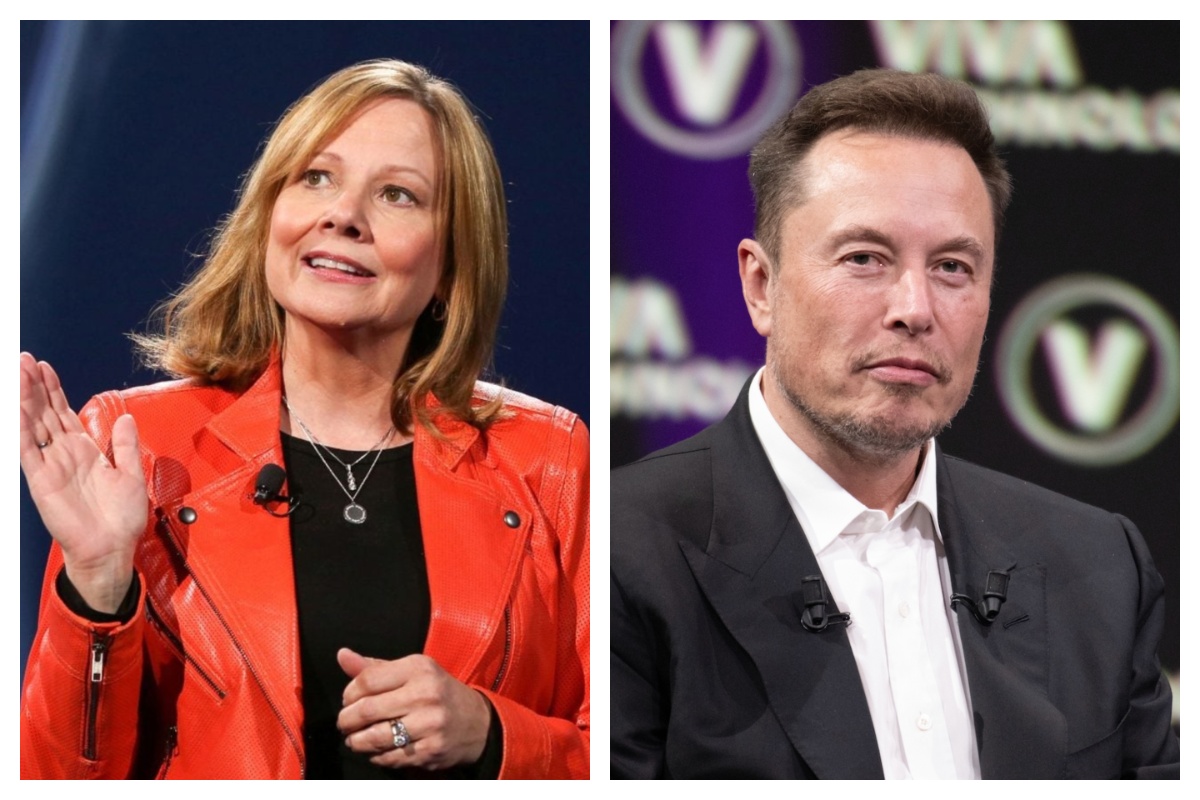
General Motors CEO Mary Barra said in a new interview on Wednesday that she told President Joe Biden to credit Tesla and its CEO, Elon Musk, for the widespread electric vehicle transition.
She said she told Biden this after the former President credited her and GM for leading EV efforts in the United States.
During an interview at the New York Times Dealbook Summit with Andrew Ross Sorkin, Barra said she told Biden that crediting her was essentially a mistake, and that Musk and Tesla should have been explicitly mentioned (via Business Insider):
“He was crediting me, and I said, ‘Actually, I think a lot of that credit goes to Elon and Tesla…You know me, Andrew. I don’t want to take credit for things.”
GM CEO Mary Barra said to Andrew Sorkin at the New York Times Dealbook Summit that she pulled President Biden aside and said Tesla CEO @elonmusk deserved the credit for EVs:
“He was crediting me, and I said, ‘Actually, I think a lot of that credit goes to Elon and Tesla,'” Barra… pic.twitter.com/OHBTG1QfbJ
— TESLARATI (@Teslarati) December 3, 2025
Back in 2021, President Biden visited GM’s “Factory Zero” plant in Detroit, which was the centerpiece of the company’s massive transition to EVs. The former President went on to discuss the EV industry, and claimed that GM and Barra were the true leaders who caused the change:
“In the auto industry, Detroit is leading the world in electric vehicles. You know how critical it is? Mary, I remember talking to you way back in January about the need for America to lead in electric vehicles. I can remember your dramatic announcement that by 2035, GM would be 100% electric. You changed the whole story, Mary. You did, Mary. You electrified the entire automotive industry. I’m serious. You led, and it matters.”
People were baffled by the President’s decision to highlight GM and Barra, and not Tesla and Musk, who truly started the transition to EVs. GM, Ford, and many other companies only followed in the footsteps of Tesla after it started to take market share from them.
Elon Musk and Tesla try to save legacy automakers from Déjà vu
Musk would eventually go on to talk about Biden’s words later on:
“They have so much power over the White House that they can exclude Tesla from an EV Summit. And, in case the first thing, in case that wasn’t enough, then you have President Biden with Mary Barra at a subsequent event, congratulating Mary for having led the EV revolution.”
In Q4 2021, which was shortly after Biden’s comments, Tesla delivered 300,000 EVs. GM delivered just 26.
